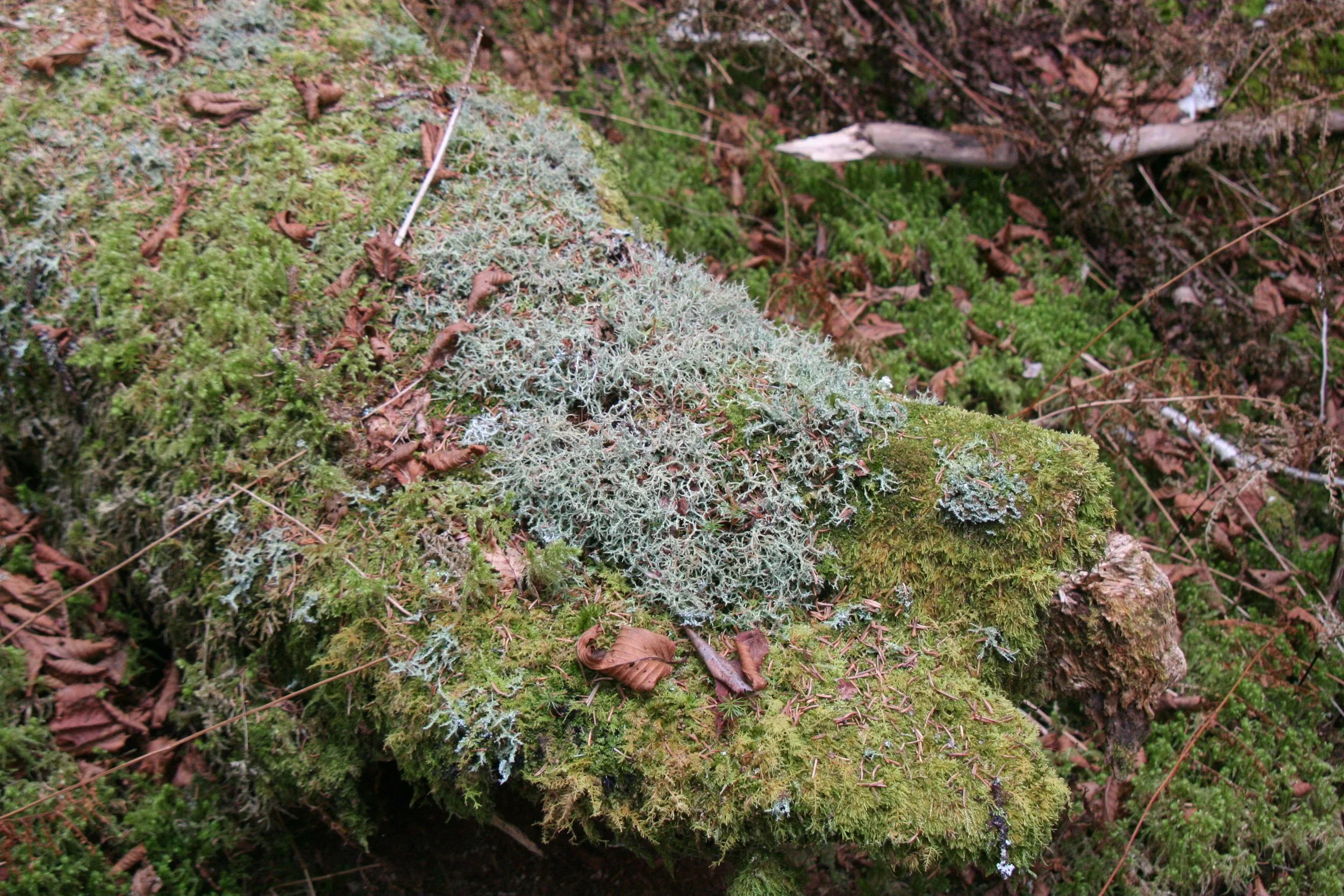

The Lichen Light Show of Mt. Rogers
Tracing the line of interdependence from lichens, to trees that host them, to the squirrels that planted them, and beyond, the entire ecosystem sprawls out through the window of just one tiny, slimy superorganism that clings to the harshest and most unforgiving environments.